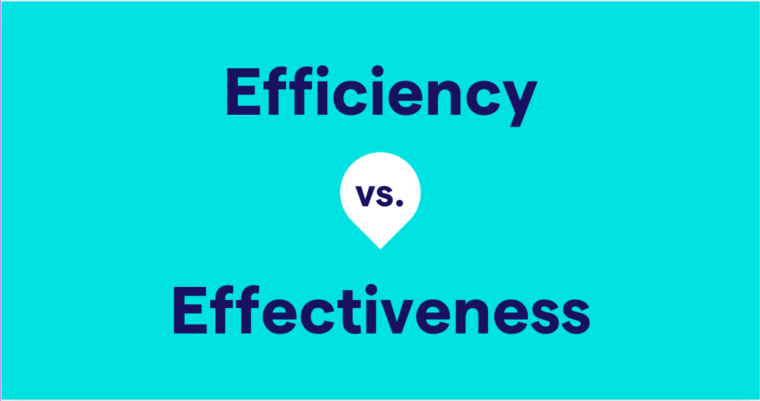You can’t just throw anything into a pot and expect it to taste good. Chefs and home cooks appreciate a tried-and-true recipe. They know that they have to use the proper ingredients in the correct proportions to make the dish turn out as intended. In particular, cajun cuisine has a reputation for being exceptionally well-seasoned and delicious. However, it’s difficult to prepare if you are not familiar with the ingredients. Let’s focus on one tasty element that has puzzled many aspiring chefs—the crawfish. What’s the difference between a crawfish, a crayfish, and a crawdad?
Imagine a tiny lobster hiding beneath a rock in a freshwater stream. That’s a crawfish. Crawfish aren’t lobsters, but they are a related species and they look a lot like their larger cousins. More than 500 species of this crustacean live in North America. Crawfish are omnivores and scavengers. They will eat live or dead things, such as leaves, insects, or fish eggs. Predators such as raccoons, snakes, and muskrats find crawfish to be a tasty treat, as do many people. Hence, the recipes!
Crawfish are a colorful lot; there are red, white, and blue varieties. Which country has a red, white, and blue flag? There is more than one answer, but France is one example. In French, the modern word for “a crawfish” is “une écrevisse.” “Crawfish” and “crevice” derive from an earlier French version of that word.
Now, it’s time to relieve your suspense. Crawfish, crayfish, and crawdads are the same animal. Which term you use may depend much on where you live. Louisianans most often say crawfish, whereas Northerners are more likely to say crayfish. People from the West Coast or Arkansas, Oklahoma, and Kansas often use the term crawdad. In the Mississippi Delta, they call them mud bugs. English-speaking nations outside of North America have even more words for this creature. In Australia, a crawfish is a yabby or a koura. Crawfish aren’t indigenous to Singapore, but the people who acquire them as pets refer to them as freshwater lobsters.
Crawfish are quite versatile. They feature in soups, butters, pastas, and salads, among other dishes. They appear in more than just cookbooks, too. For instance, there are crawfish jokes! What do you call a lazy crawfish? A slobster! They provide a nice opportunity for humor in literature too. Here is a funny quote from Lost in a Good Book by Jasper Fford:
“How fishy on the fishiness scale? Ten is a stickleback and one is a whale shark.” “A whale isn’t a fish, Thursday.” “A whale shark is—sort of.” “All right, it’s as fishy as a crayfish.” “A crayfish isn’t a fish.” “A starfish, then.” “Still not a fish.” “This is a very odd conversation, Thursday.”
If you like variety, you will like crawfish. You can make hundreds of mouth-watering dishes with this polyonymous crustacean. However you refer to them, you might agree with the millions of tourists who flock to New Orleans to sample crawfish etouffée: “Crawfish, them’s some good eatin’”!
![]()






